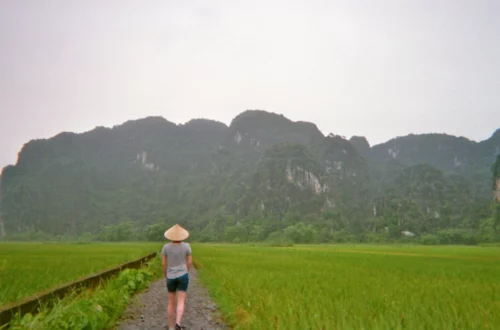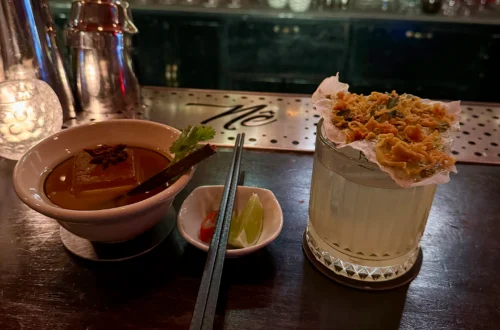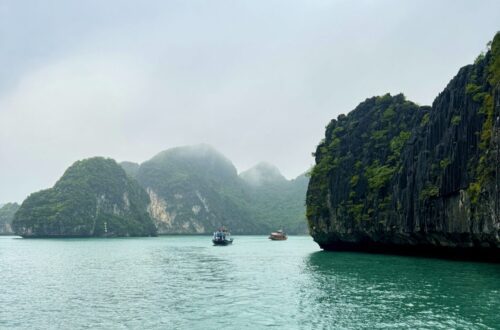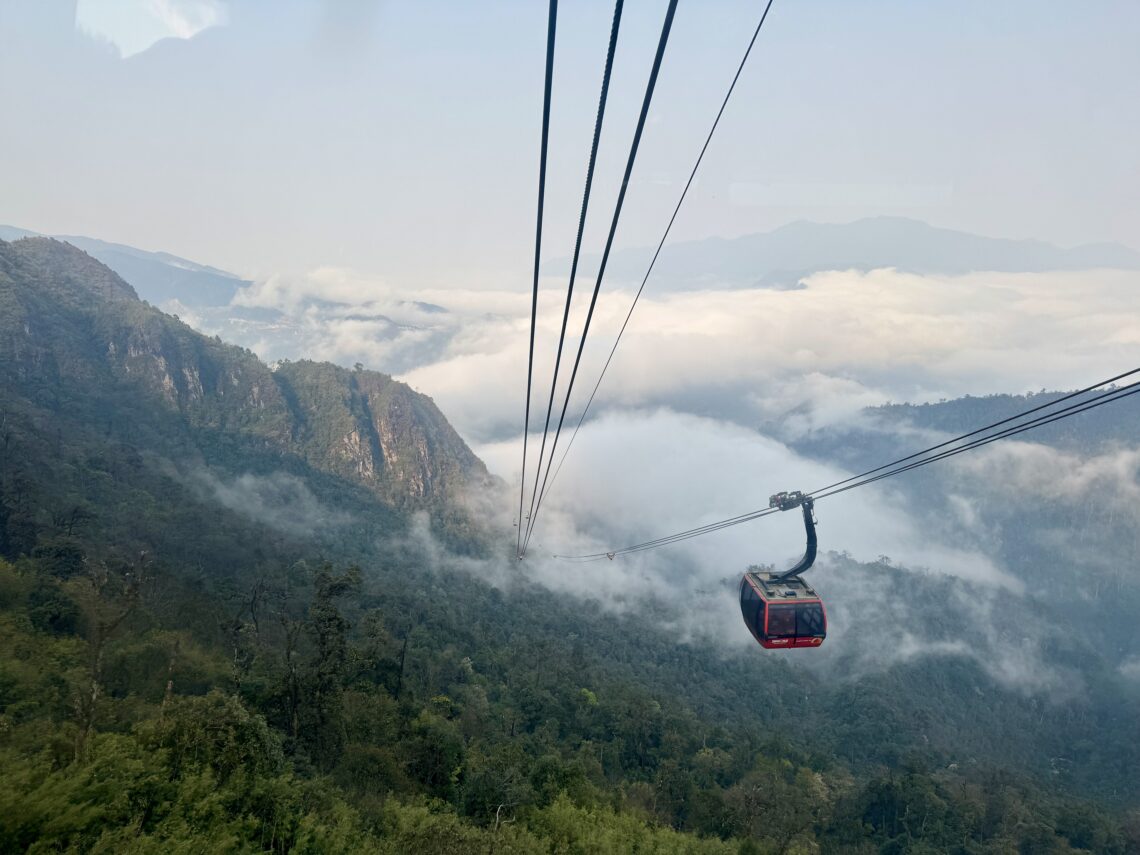
Sapa – In between mountains, fog and rice fields
When you follow travel pages on Instagram or TikTok and are interested in south-east Asia you will come across Sapa. Currently, there seems to be a hype about this little northern Vietnamese mountain town. I had Sapa on my radar since 2019 and this year I went there. This is my honest experience and an overview of what to do and what not to do.
This post contains affiliate links to things like tours and hotels. These help me earn a small commission at no additional charge to you. Every affiliate link is marked with a *.
Overview of Sapa
- Where to stay in Sapa
- What to do in Sapa
- What not to do in Sapa
- What to eat and drink in Sapa (and where)
- Map for your Sapa trip
How long should you stay in Sapa?
In my opinion 4, a maximum of 5 days is the perfect amount of time to stay in Sapa. I stayed for 10 days and that was way too long. This could be your perfect trip:
You arrive early in the morning with the overnight train from Hanoi, then you do a trek through the rice fields (one or two days) and stay at a homestay. The next day you do a handcraft workshop at that homestay. That evening you go to Sapa city. The next day you relax, take it slow, explore the city and visit the small museum to learn about all the different ethnic minorities around Sapa. On your last day, you climb up to the top of Fansipan Mountain. Then you are tired enough to sleep all night on the train back to Hanoi. 🙂
Where to stay in Sapa
You have two choices, either you stay in one of the surrounding ethnic minority villages or you stay in the city of Sapa. I recommend you do both.
Hmong family homestay – Ta Van Village
First I stayed with a Hmong family for three nights. Every day around 4 PM trekking tour groups stopped by who were on a multiple-day trek through the rice fields and ethnic villages surrounding Sapa and Lao Cai. A handful of other people also stayed for multiple nights.
If you want to explore rural Vietnam and learn more about traditions from different ethnic groups I highly recommend staying at a family homestay. You’ll learn a lot and you contribute to a more sustainable way of travelling.
It’s not for everyone though. In Ta Van, you are in a rural village in the mountains of northern Vietnam. There is hot water, but not always. There is heating: a fire. And there is food: You eat what’s on the table.

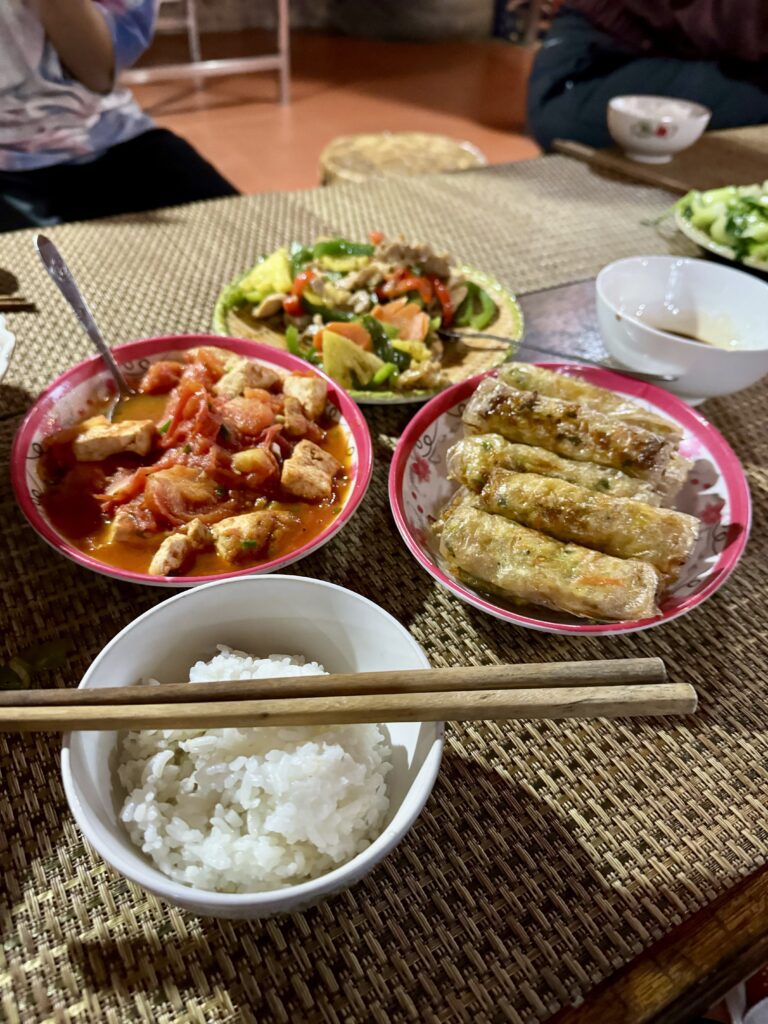
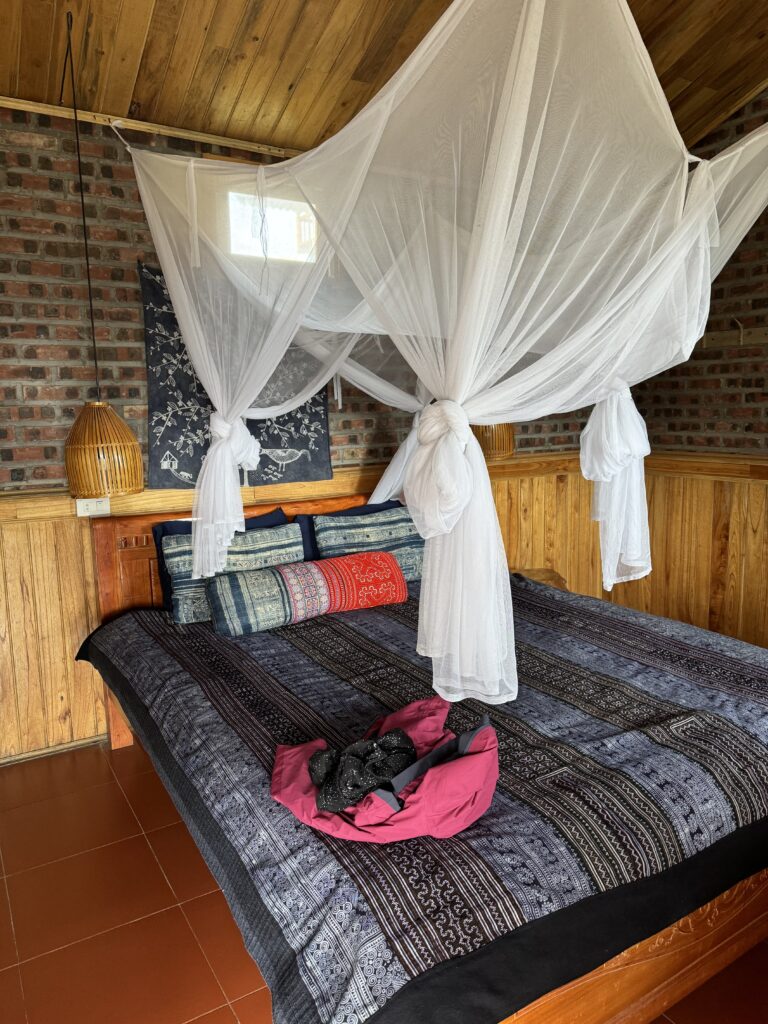
Hotel in Sapa
After that, I stayed in the small, family-run Botanic Sapa Hotel* in the city Sapa. They have only four rooms and the family lives on the ground floor in the same building, so technically it could be considered a homestay as well.
With the cold temperatures (sometimes under 10 C at night) and high air humidity (>85%) the heated mattress and dehumidifying AC were very welcome. The water pressure and temperature were also a very pleasant surprise. Vân and her family are super helpful if you need anything and take good care of their guests. Some of the older reviews say that there is breakfast, that is not the case anymore, but there are good places nearby to get breakfast.
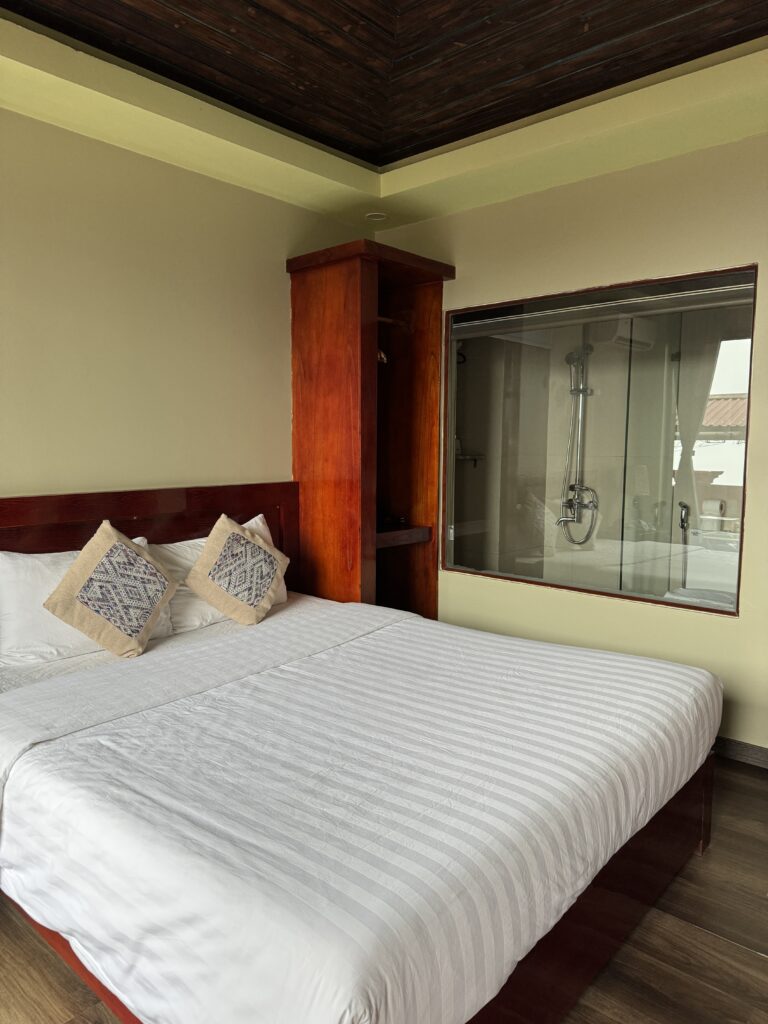
D Home Sapa 3* – While I did not personally stay here, a friend of mine did, who is more on the budget-travel side and she was happy with this hostel. They have beds in dorm rooms and also single rooms. She said they were clean and praised that you could do your laundry here for free as well.
What to do in Sapa
While Sapa district covers an area of over 650km², Sapa the city is not very big. Especially the tourist areas can easily be covered on foot within half an hour. There also isn’t much to do in the city itself, the beauty of Sapa is found in its surrounding area.
Visit Sapa Museum and explore the city
If you are lucky you will arrive in Sapa on a day with low visibility. In this case, the town turns into a magical place in the evening when all the lights are turned on and the fog gives it a whimsical feel. During this time you can visit Sapa Museum, which is in need of care, but still gives you some good information about the ethnic minorities around the town, Thiền viện Trúc Lâm Đại Giác – one of the Truc Lam Zen Monasteries in Vietnam on the north-east of the big lake and have a hot drink in one of the Cafés.
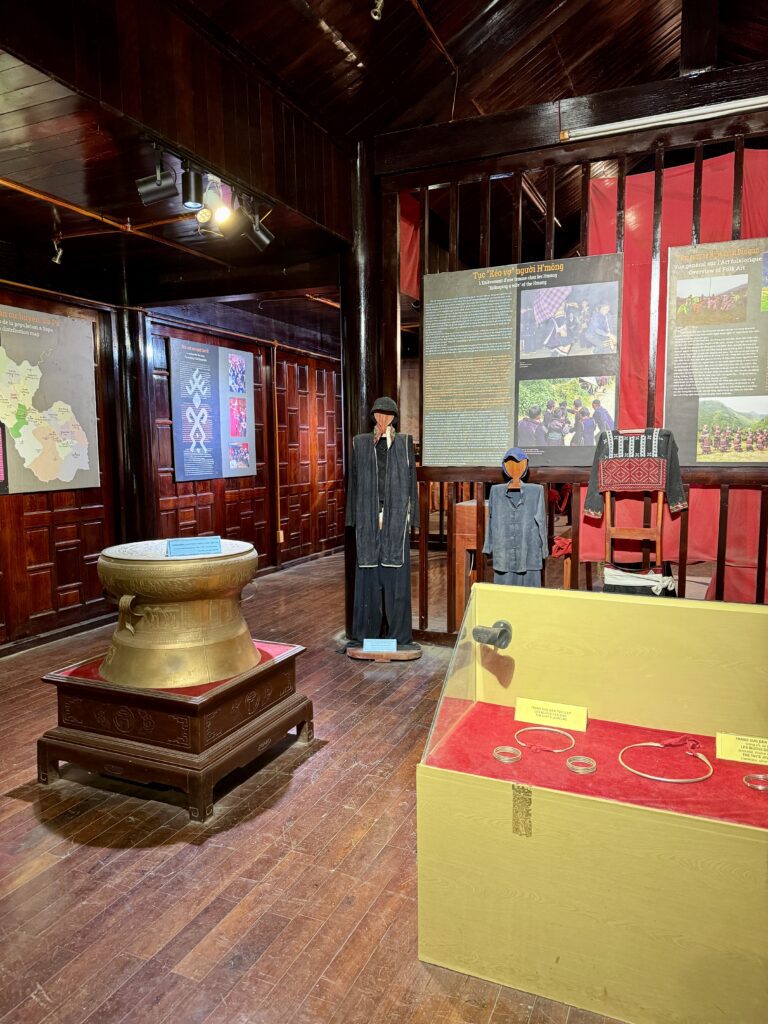

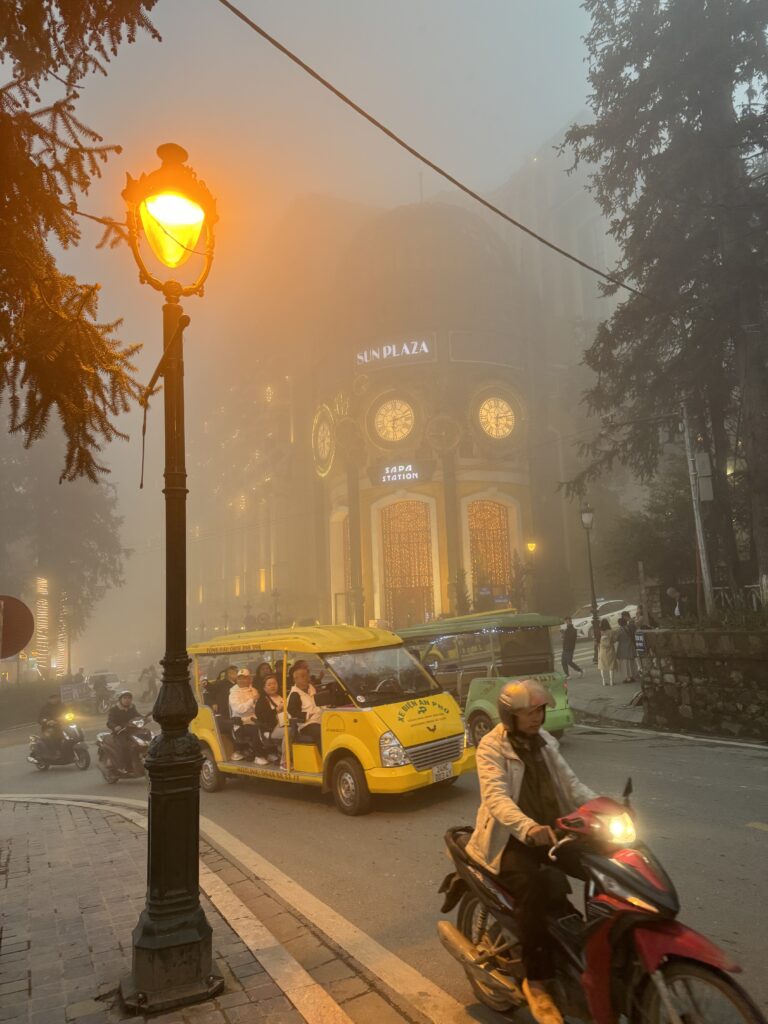
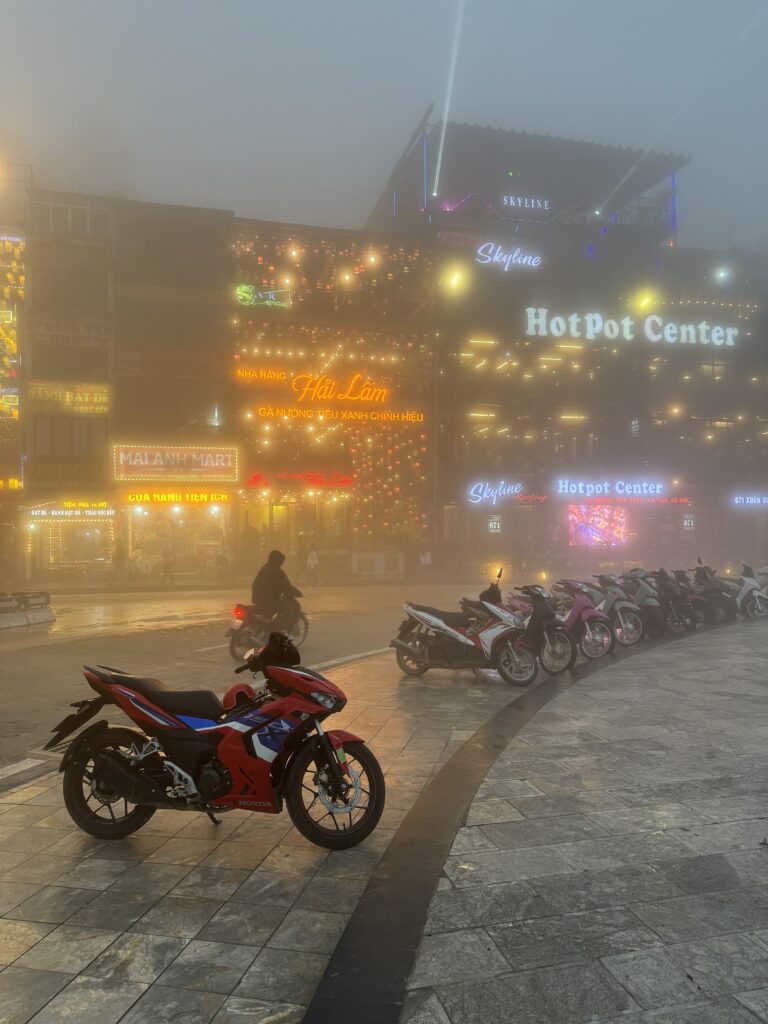
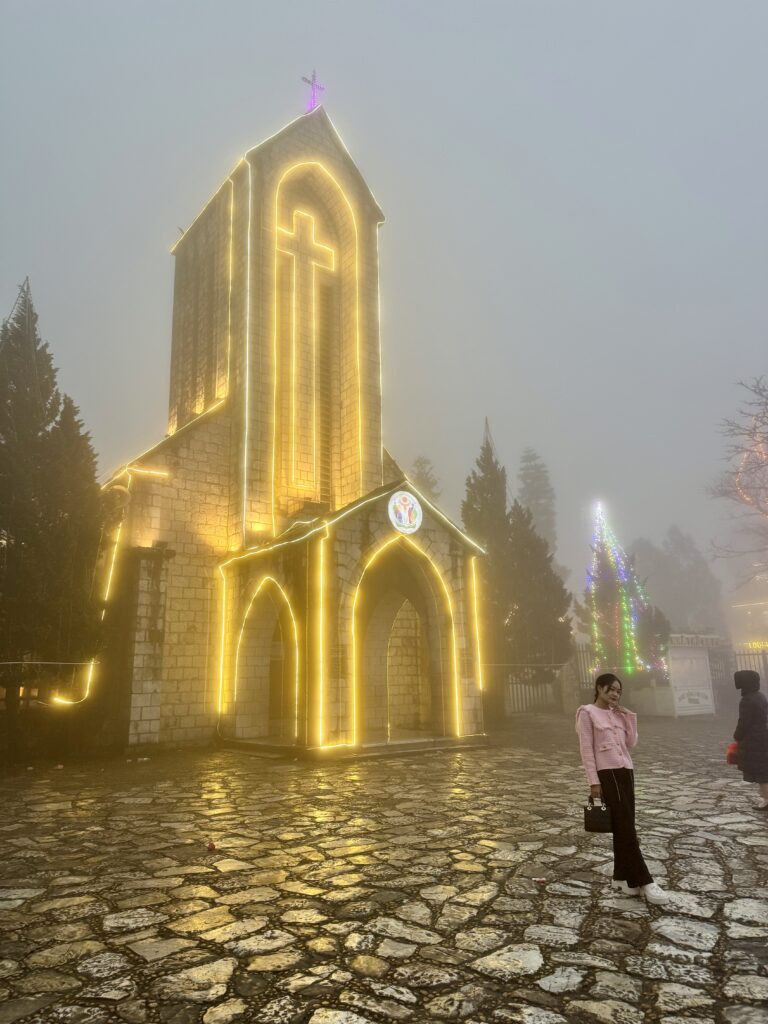
Climb to the top of Mount Fansipan
Fansipan is the highest mountain peak in Vietnam and is often called the “Roof of Indochina”. From Hoang Lien Station in Sapa a funicular takes you along the mountain, afterwards a cable car (that holds two Guinness World Records: The longest three-wire cable car = 6,282 km and the highest ascent by a cable car = 1410m) takes you to the base of the peak, then you can climb the roughly 630 steps to the peak… if the straight way isn’t blocked off, as it was in my case.
I had to go all the way around, to all the pagodas and statues on the mountain, which wouldn’t have been a problem, even welcomed, if I could see anything. The fog was so thick that for most of the ascent, I could only see a white wall. You can see the “breathtaking view of swirling clouds, mountain peaks and forest slopes” in the third picture when a kind traveller I met on the way took a picture of me at the peak.
When I got back down it cleared up for about 3 minutes, I took as many pictures as I could and then as quickly as it had appeared the sun disappeared again.
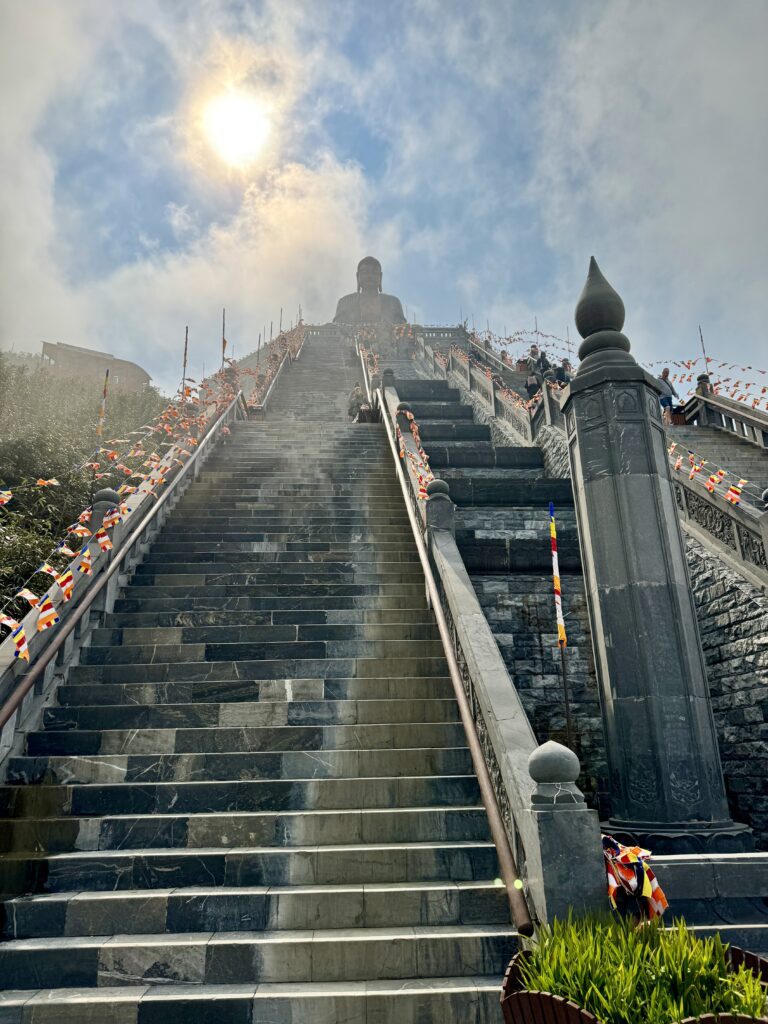
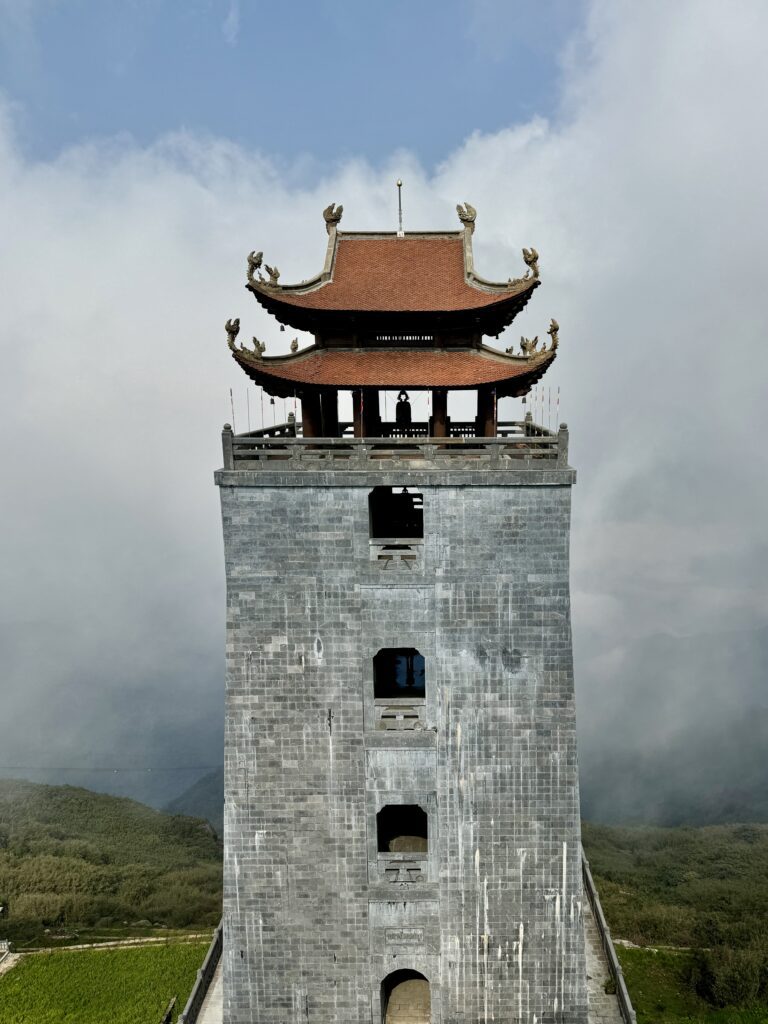
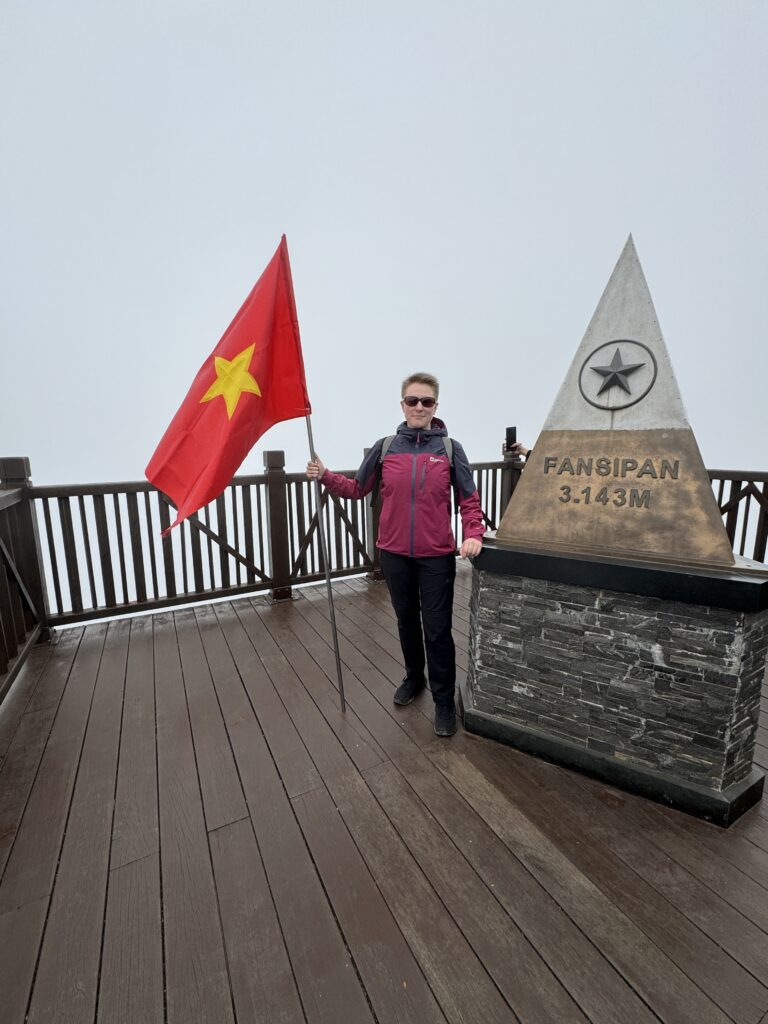
Trek through the rice fields
You can’t leave Sapa without doing at least one trek through the stunning rice fields.
When you have a clear view you can see the stacked fields, the ethnic minority villages in between and the mountains as a backdrop.
From Ta Van in the Mường Hoa Valley, you have the perfect starting point to take two-day treks: one north-east towards Lao Chai and other villages and one south towards the bamboo forest and waterfall.
If you are staying with a local family, ask them about trekking. If you are staying in Sapa consider a 2-day 1-night trek, otherwise, you always have to start and return from the city.
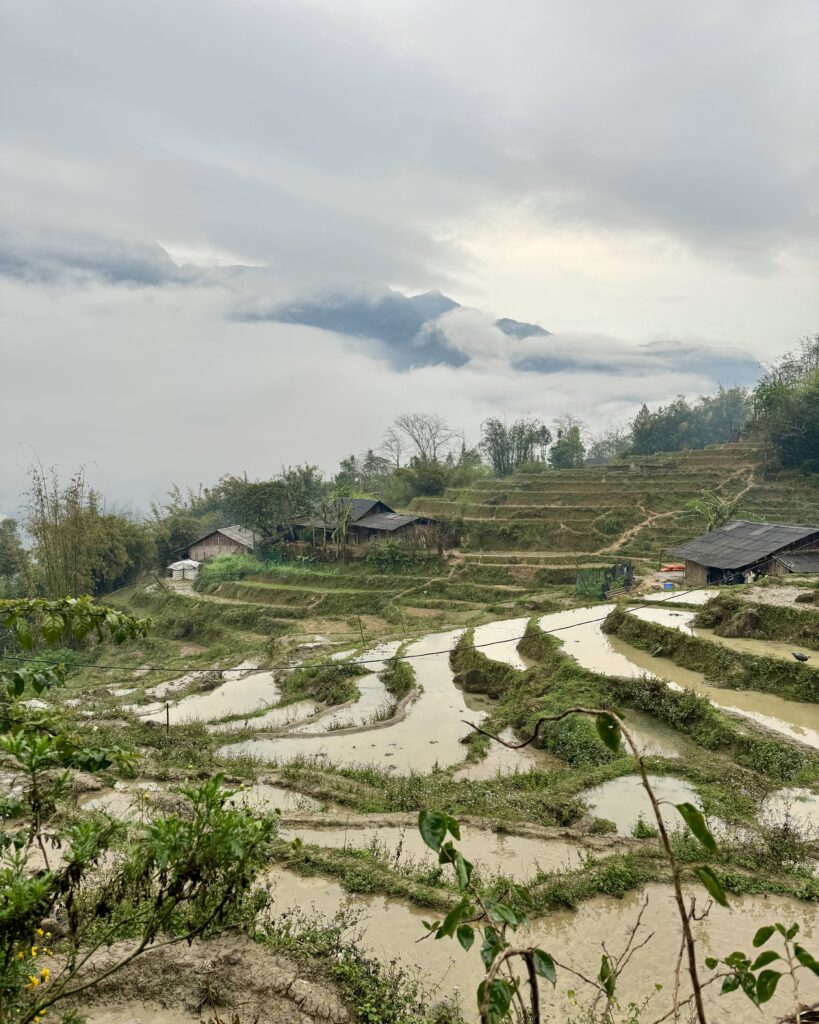
Do a crafting workshop
While staying with a Hmong family in Ta Van I did an indigo batik and embroidery workshop with the women of the house, it took a whole day, but in the end, I took home my own Hmong-style batik cloth and a bracelet.
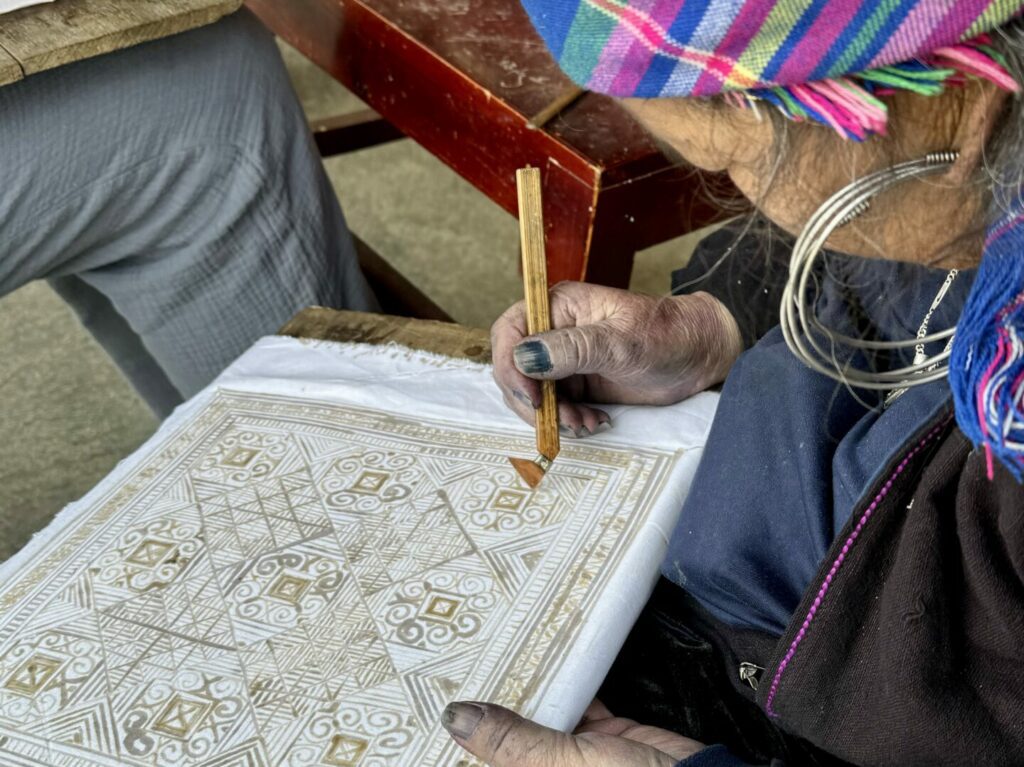
Explore Ham Rong Mountain
This park on a mountain is worth a visit, although it either was once better taken care of or they are slowly starting to take better care of it, to turn it into a tourist destination. Maybe both.
I liked the nature aspects and the viewpoints over the city, especially at sunset, but there is also a flower garden, a sculpture path and some photo ops that other people might enjoy as well.
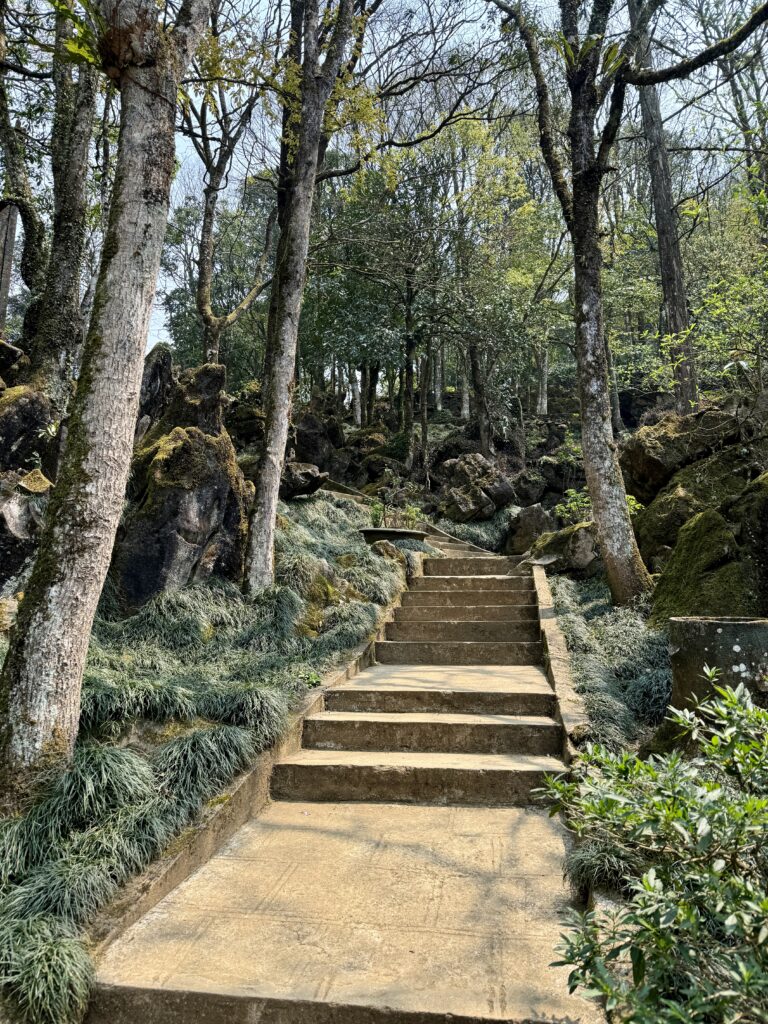
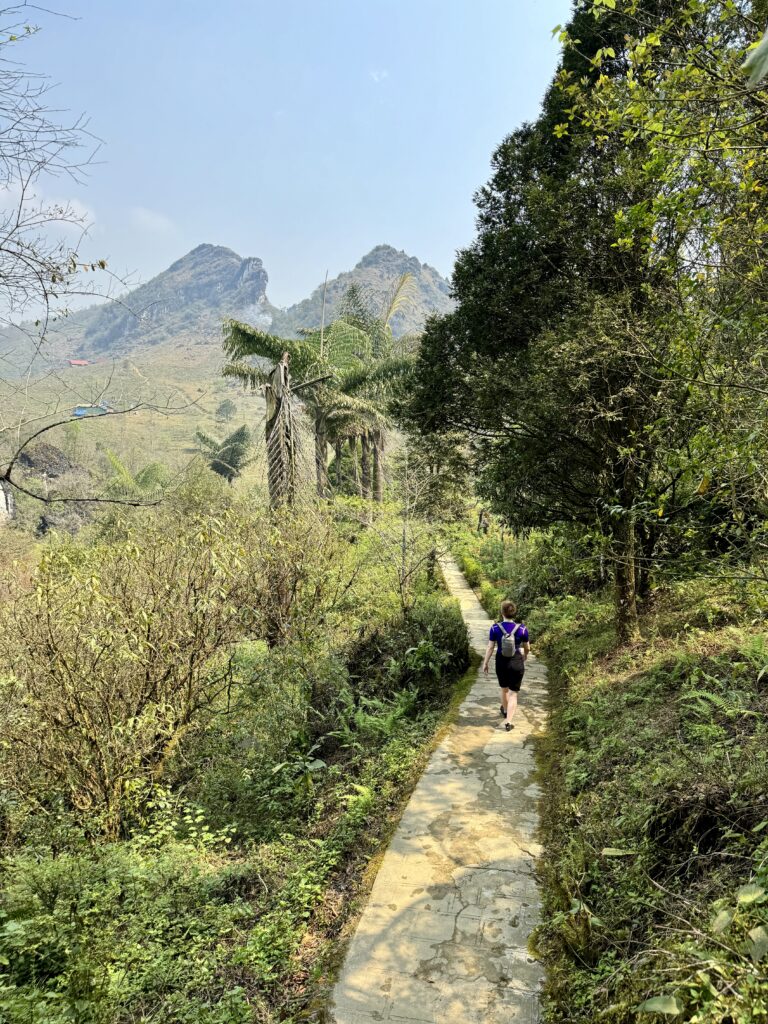
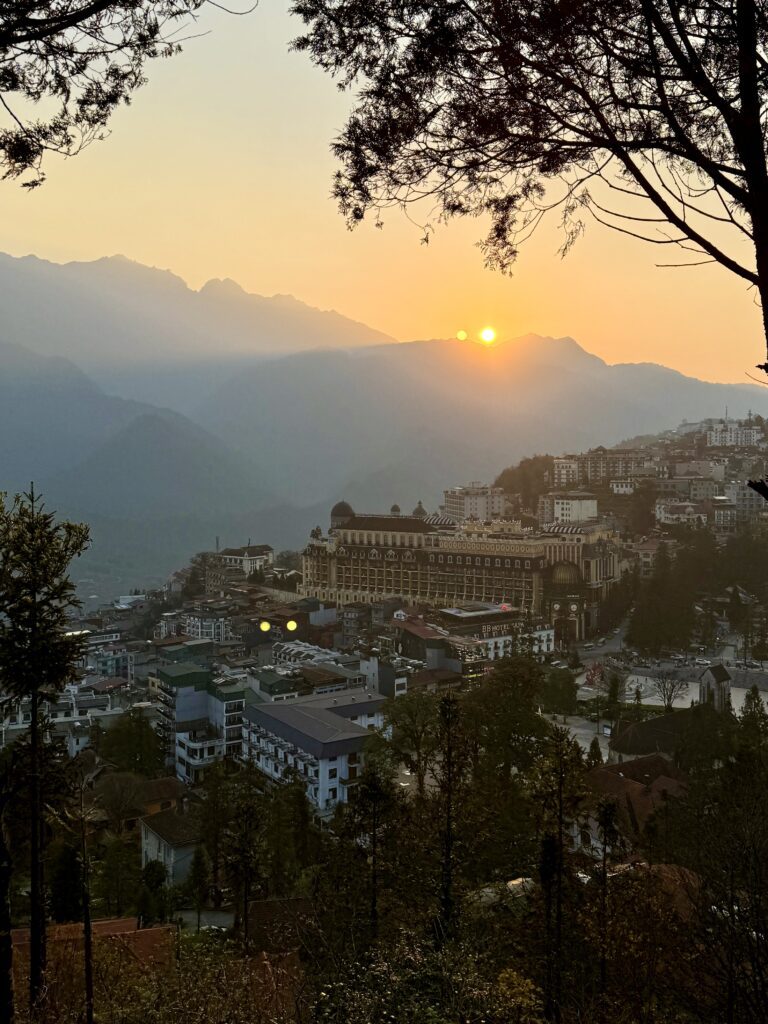
What NOT to do in Sapa
- Visit Moana
This place is a knockoff from a popular picture spot on Bali, which is the reason a lot of tourists flock here, to take pictures of themselves for social media. You pay an admission fee that doesn’t seem to go towards keeping things in good condition. I know this isn’t Europe, but if it was, it would’ve been shut down ages ago due to being unsafe. - Visit Cat Cat village
If you want to visit a village that was set up for tourists, where you pay 150k VND to get in, only to be asked “buy something?” every five minutes, then Cat Cat is for you. There is a supposedly “traditional dance” performance, but the people look like they would rather be doing anything else. - Buy something “ethnic” in a store in the city
A lot of stores in Sapa are not owned by the minority they’re selling produce or handicrafts from. If you are interested in buying something consider doing so while at a homestay or while trekking through the villages. The ethnic crafts in Sapa are beautiful.
What and where to eat in Sapa
Sapa has a lot, and I mean A LOT, fake Google reviews. Here’s how to spot them:
- Level 1 – Easy
10-30 5-star reviews with no comments, no pictures, within the last 24 hours or all the same amount of time ago - Level 2 – Intermediate
10 or so 5-star reviews with comments, but they all say almost the same thing, just in a different order, posted within a small timeframe - Level 3 – Hard
The reviews look legit, five stars, varied comments, varied pictures, but the “people” who left them only left very few (if any) other reviews, which are all EXACTLY the same.
If you want to be sure, here are the places I ate at and enjoyed it, plus what I ate. I linked all of the mentioned foods in the map at the end of the blogpost.
Chestnut Cake
Sapa has roasted chestnuts everywhere. And while they are a treat by themselves, I prefer the local Chestnut Cake. You can find several places selling them in Sapa, but freshness and price differ greatly. I enjoyed them freshly grilled at the two spots I linked in the map below, for 5k VND a piece. Ask them to make ’em extra crispy 😉
Pork belly with local herbs and black rice
While ChuSu Kitchen also had one of my favourite breakfasts (french toast and seasonal fruit salad with passion fruit cream) in Sapa, the reason I am recommending them here is their Sapa pork belly. The meat was on point and even though I was a little confused by the herbs and veggies at first, since my European palette couldn’t place them, I finished the entire plate and would’ve licked it clean if it was socially acceptable. On another day I shared a hotpot here with a fellow solo traveler, since even the small portion is easily enough for two people. We barely managed to finish it, but it was delicious.
Sapa Health Drink
Another great choice at ChuSu Kitchen is the above-mentioned drink. Fresh orange juice is blended with mint and a local herb, then sifted and served. The consistency is still a bit thick, but it is delicious.

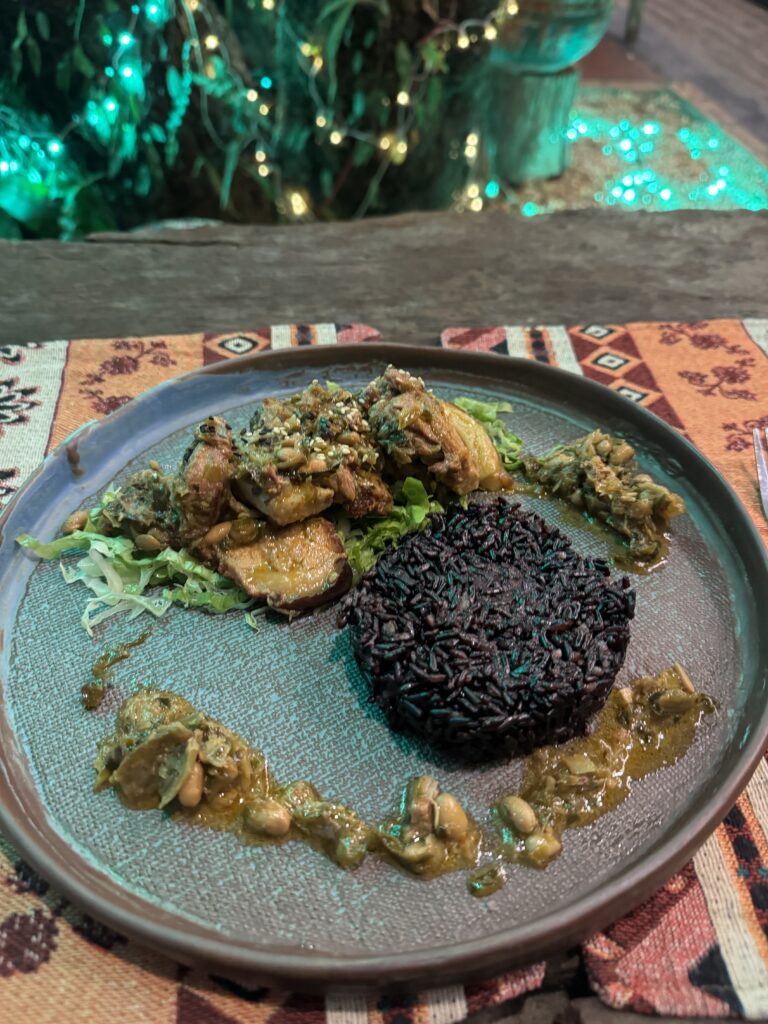
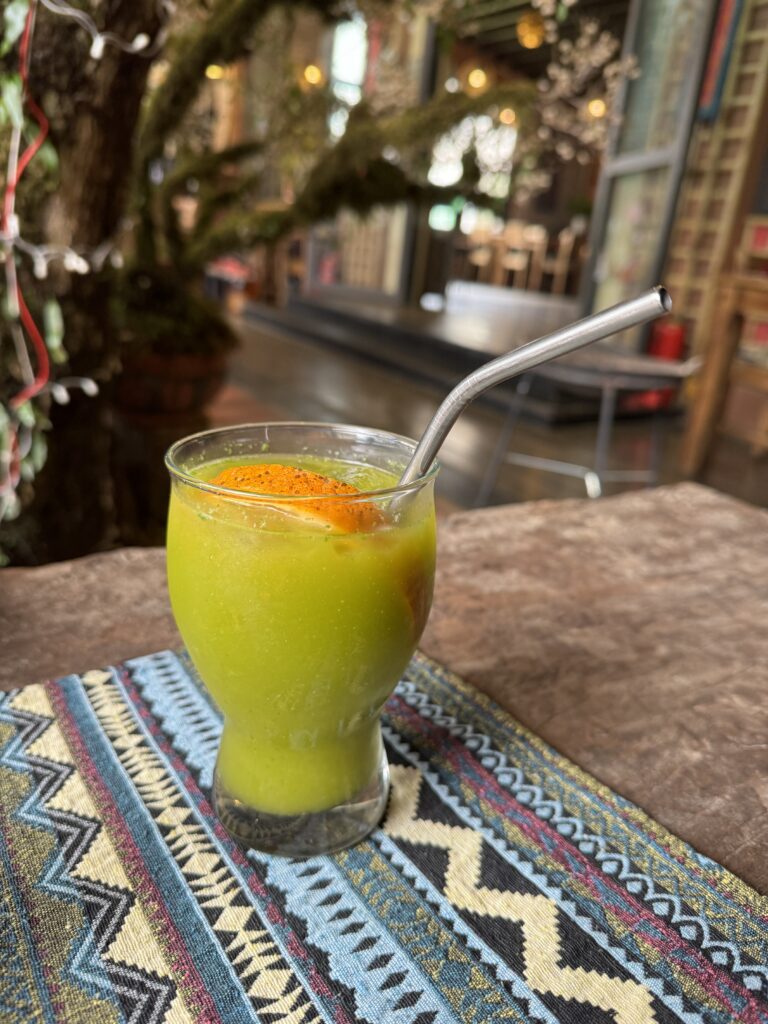
European-Vietnamese Fusion
At a family-run restaurant called Tim’s Sa Pa Kitchen, I had several of the things on this list. My favourite was the grilled eggplant with sweet potato and mushroom, the Sapa salmon curry and the beef Wellington [Yes, I know, but I just HAD to. And it was one of the best I’ve ever had. Worth the 45-minute wait (you can also pre-order.).] They also have a great selection of whole teas and give you a refill of hot water for a second pour once you’ve finished the first.
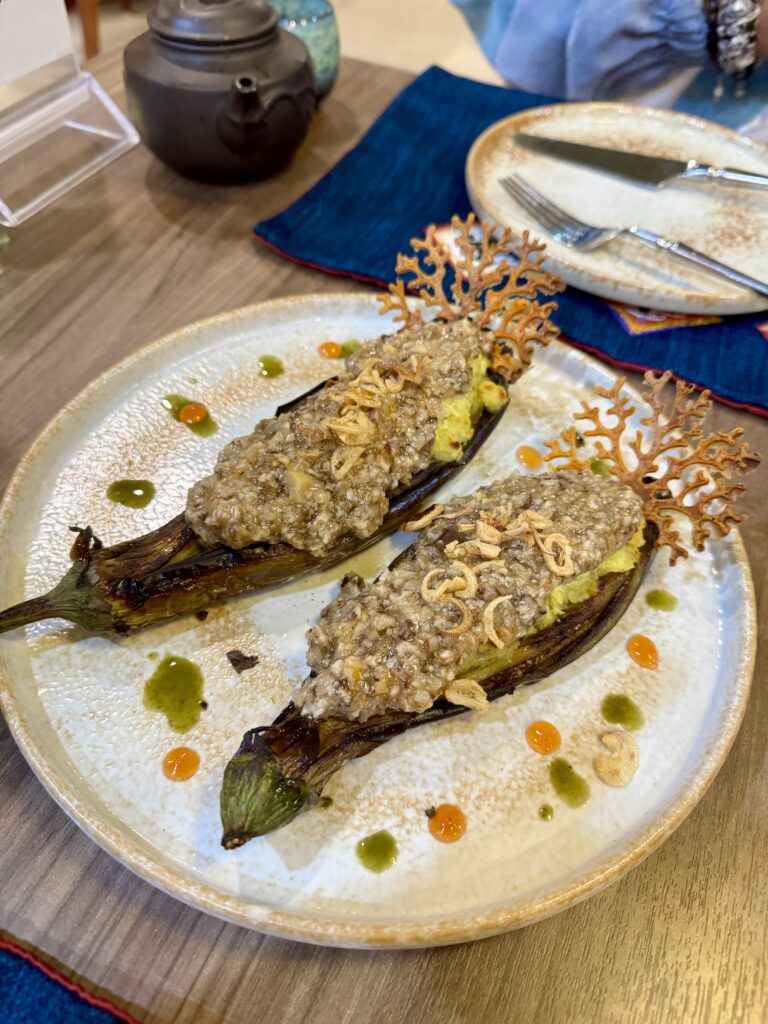
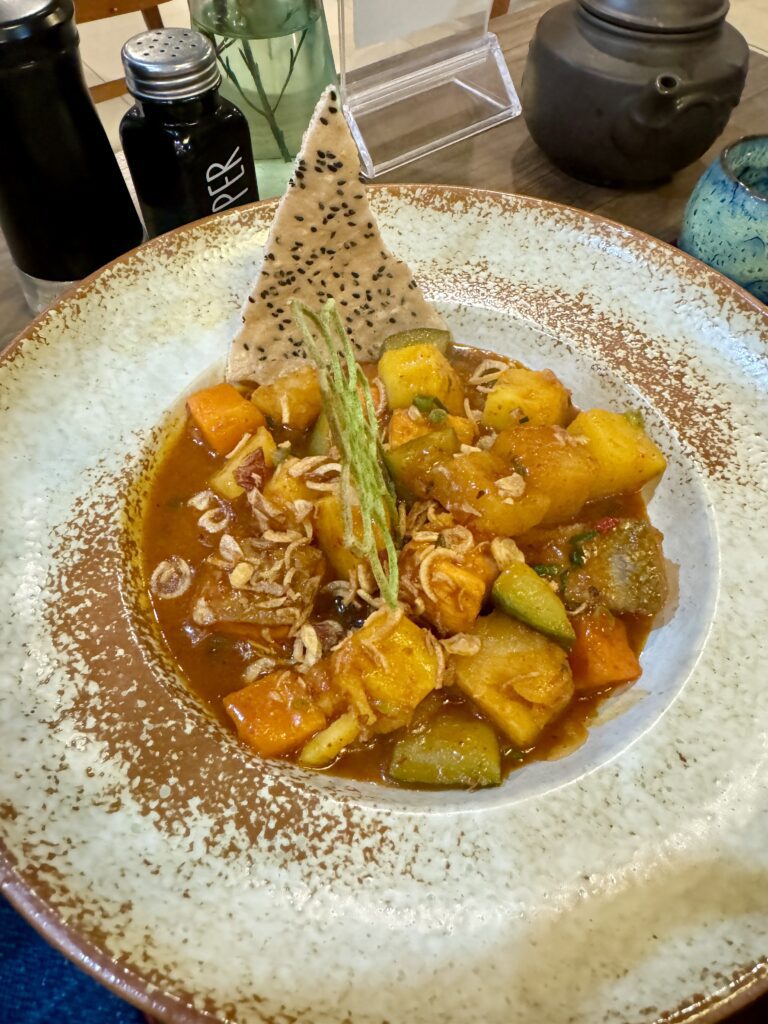
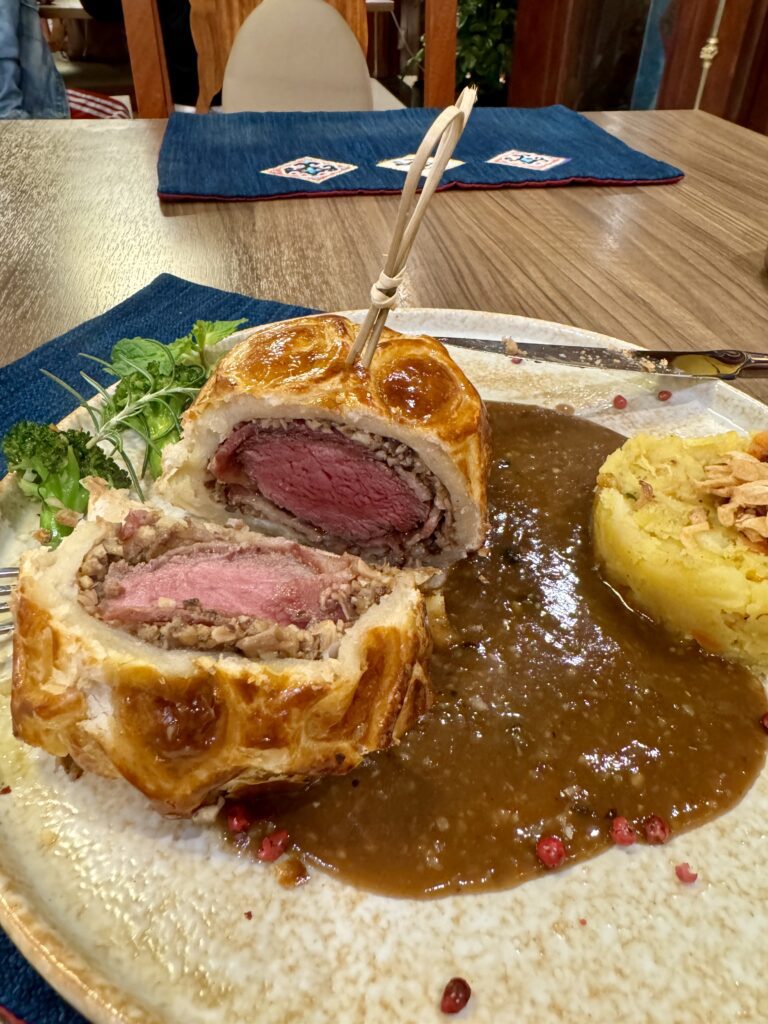
Red Dzao Tea
I had this tea at Tim’s and it was one of the most interesting teas I’ve had so far. The flavour is very smoky and reminded me of Scottish Whiskey, specifically Rock Island Whiskey, but tea.
Roasted Ginger Tea with Crème brûlée
This tea is a treat, especially in the winter months. The roasted ginger shavings give it a pleasant heat and the crème brûlée topping gives it a creamy and slightly sweet flavour, without being overbearing.
Honey Kumquat Tea
For the warmer days, I recommend this drink iced. It has a great mix of sour, sweet and bitter notes.
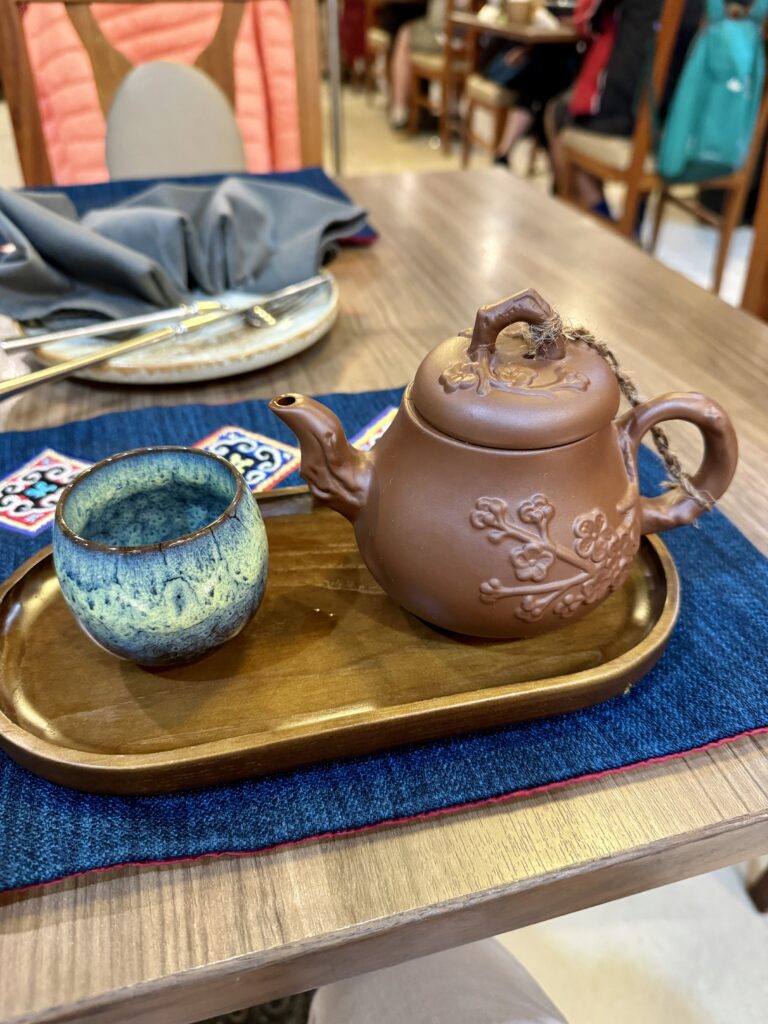
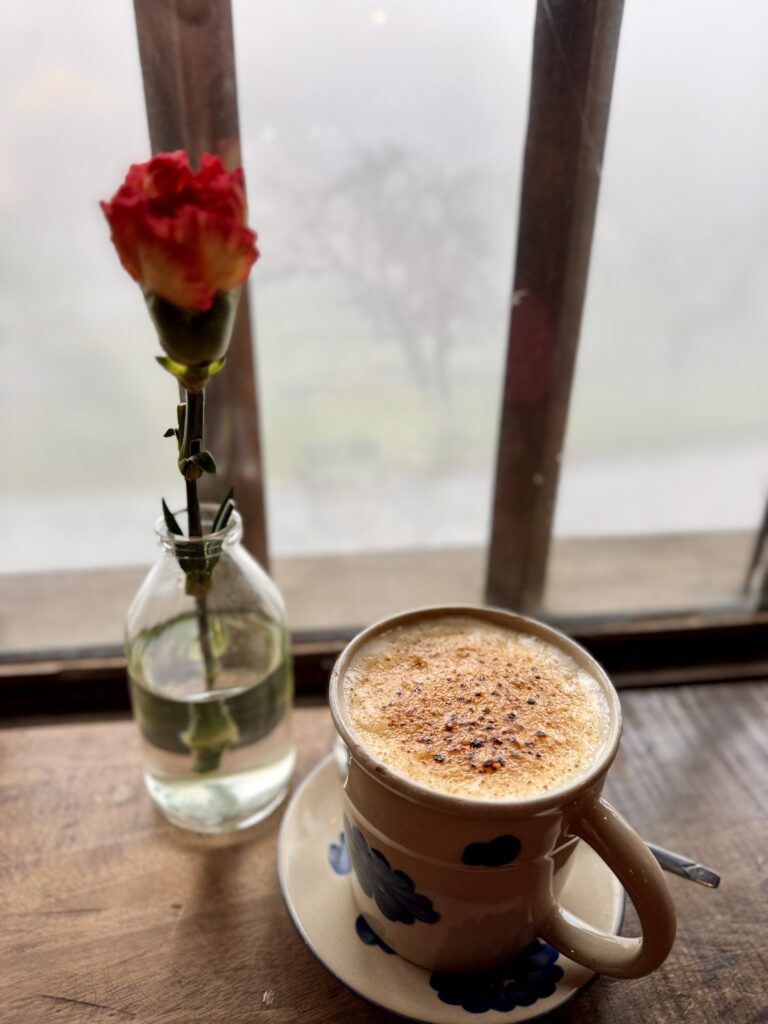
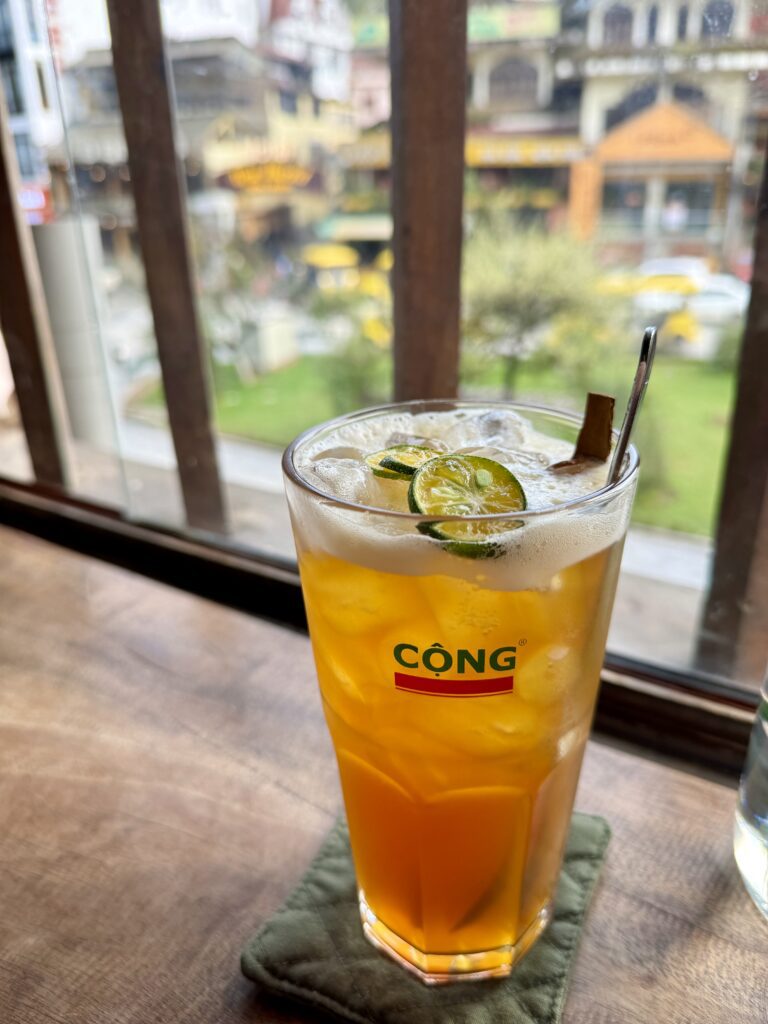
There are two restaurants that are recommended by many that I did not like: Little Sapa and Le Petite Gecko. They weren’t bad (no food poisoning) per se, but I didn’t go back a second time or even consider it.
Map for your trip to Sapa
How to read the map: Places to stay are purple, restaurants and cafes are green and things to do and see are blue. You can open the menu on the top left and see the names of the places on the map.
You are currently viewing a placeholder content from Google Maps. To access the actual content, click the button below. Please note that doing so will share data with third-party providers.
More InformationYou can save the map to your Google Maps for your trip to Sapa by clicking here.



